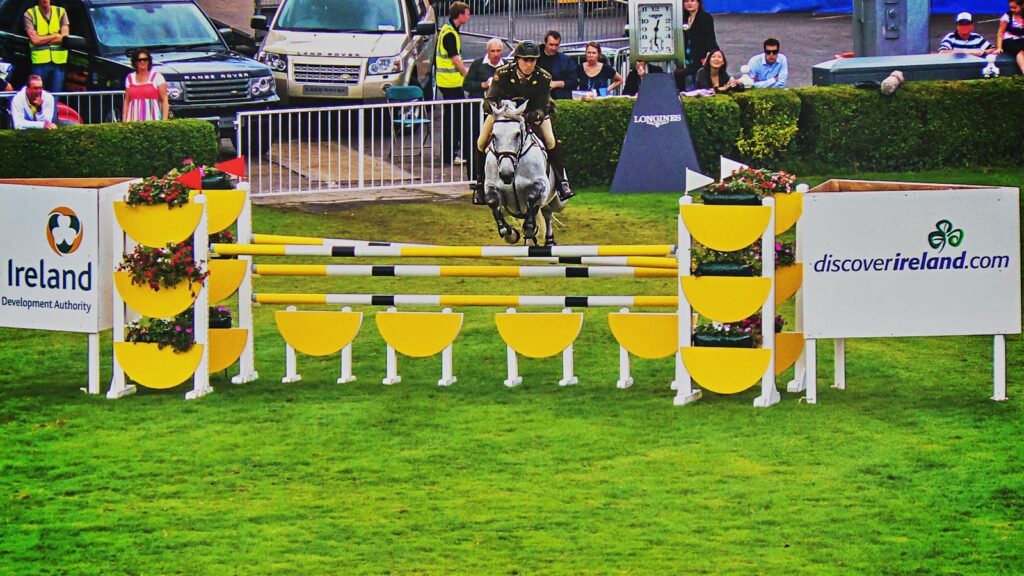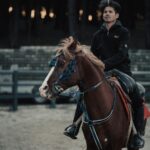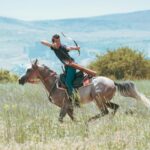In the world of equestrian sports, few topics generate as much passionate discussion as the methods and philosophies behind modern training practices. As our understanding of equine behavior, welfare, and athletic development has evolved, so too have the debates surrounding how horses should be prepared for competition. From traditional approaches that have stood the test of time to progressive techniques that challenge long-held assumptions, the landscape of equestrian training is in a constant state of reevaluation. This article explores the multifaceted debate around equestrian events in modern training, examining both the preservation of classical principles and the push for reform that considers the horse’s mental and physical wellbeing as paramount.
The Evolution of Equestrian Training Methods
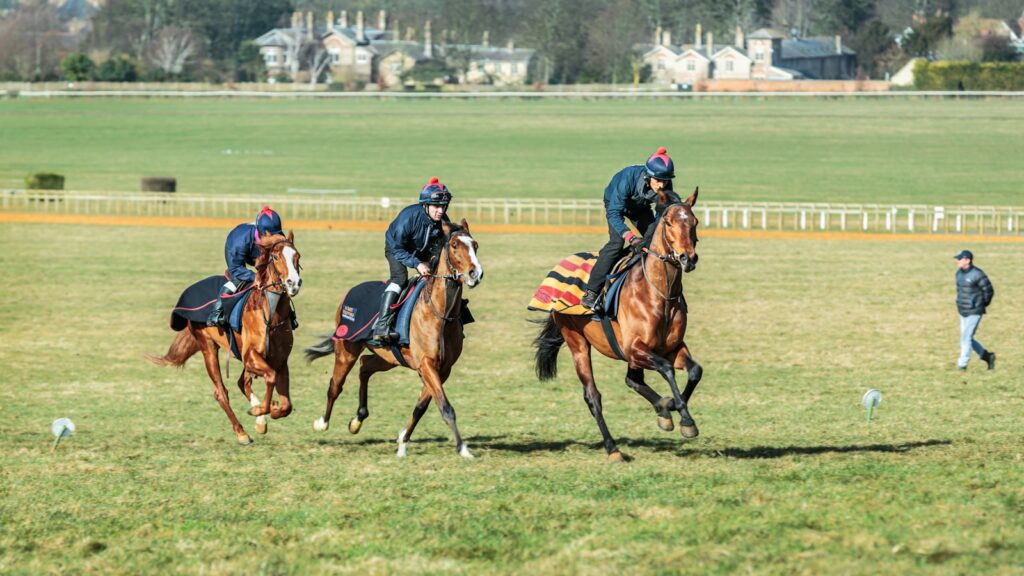
The journey of equestrian training has traversed centuries, evolving from military necessity to sporting excellence. Classical training methods, developed by masters such as Xenophon, de la Guérinière, and Steinbrecht, emphasized harmony between horse and rider through gradual, systematic development. These foundational approaches stressed the importance of patience, with horses often not reaching advanced training until seven or eight years of age. Modern competitive demands, however, have accelerated timelines, with young horses frequently appearing in high-level competitions by age five or six. This compression of development has become one of the central tensions in current equestrian training debates, with traditionalists advocating for more time and progressives seeking methods that prepare horses efficiently without compromising their welfare.
The Role of Competitive Pressure in Training Decisions
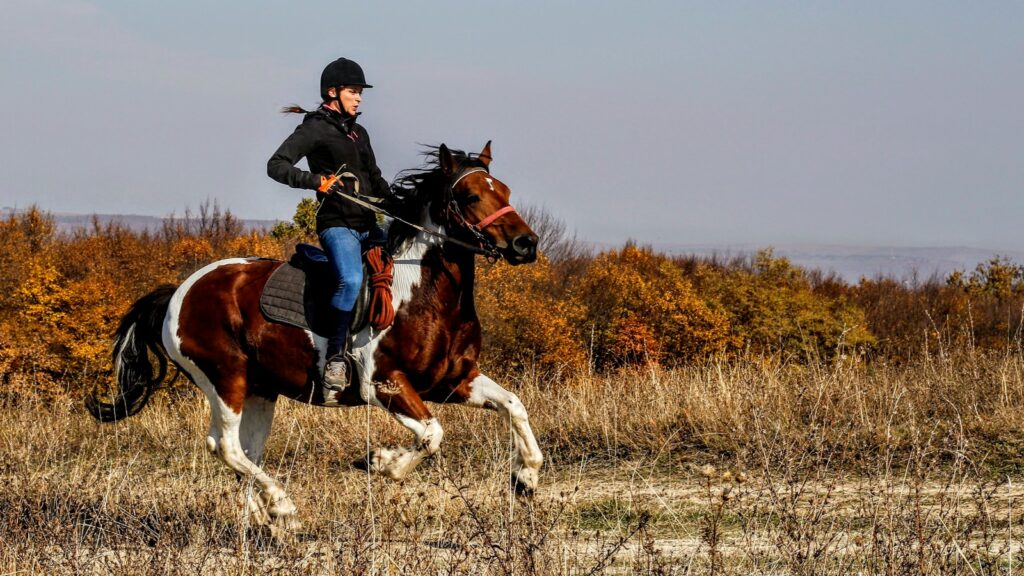
The increasingly commercialized nature of equestrian sports has introduced significant pressure on trainers and riders to produce results quickly. Prize money, sponsorship opportunities, and breeding value all hinge on competitive success, creating incentives that sometimes conflict with optimal horse development timelines. This economic reality can lead to training shortcuts that prioritize immediate competition readiness over long-term soundness and career longevity. The pressure is particularly acute in disciplines like dressage, show jumping, and eventing, where the financial investment in horses is substantial and stakeholders expect returns. This tension between competitive demands and horse welfare represents one of the most challenging aspects of modern equestrian training, requiring careful ethical navigation by all involved in the sport.
Traditional vs. Progressive Training Philosophies
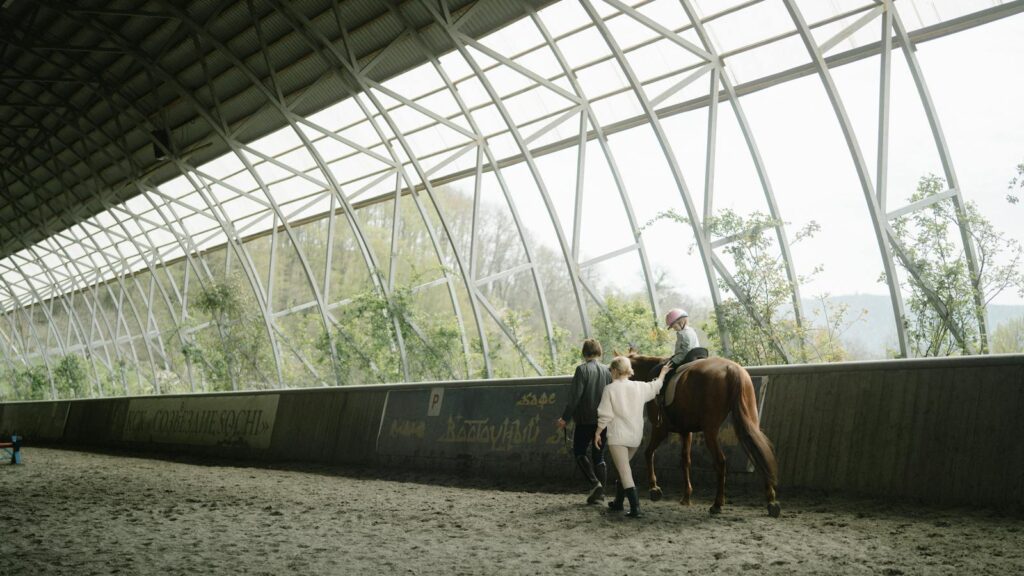
The debate between traditional and progressive training approaches often centers around fundamental questions about how horses learn and develop. Traditional methods typically rely on established training scales (such as the German Training Scale) that build systematically from rhythm and relaxation toward collection and expression. These approaches emphasize the horse’s gradual physical development and the establishment of correct muscular patterns before advancing to more demanding movements. Progressive methodologies, meanwhile, incorporate insights from learning theory, biomechanics research, and equine behavioral science, sometimes challenging conventional practices. These newer approaches often place greater emphasis on positive reinforcement, the horse’s mental engagement, and anatomically optimal movement patterns based on current research. The debate is not simply old versus new but represents different philosophical approaches to the horse-human partnership in athletic endeavors.
The Welfare Debate in Competitive Equipment
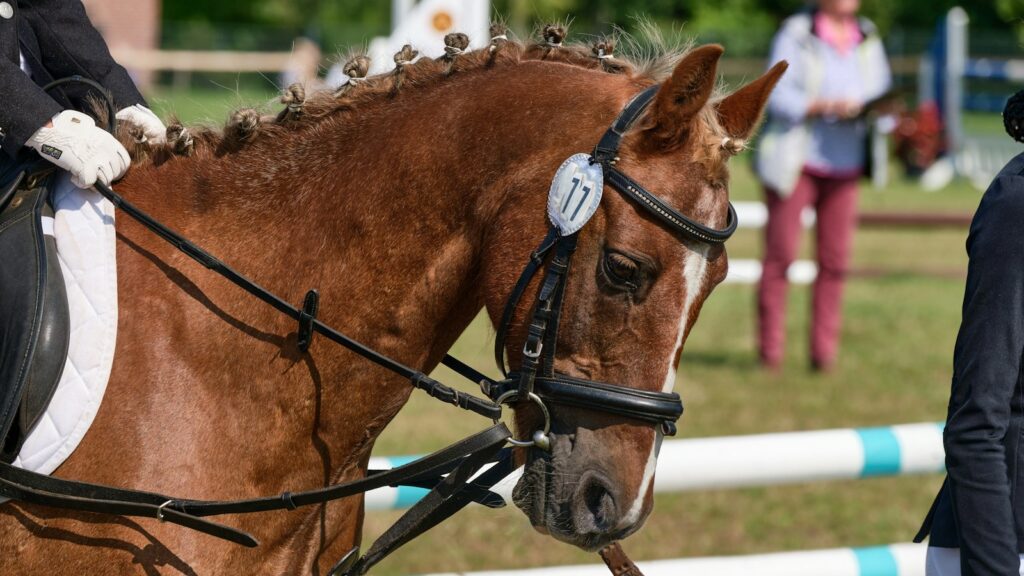
Equipment used in equestrian sports has become a lightning rod for welfare concerns, with passionate advocates on both sides. Traditional equipment like double bridles, spurs, and certain bits are defended by many as essential tools for refined communication when used by skilled hands. Critics, however, point to research showing tissue damage, stress responses, and behavioral signs of discomfort associated with certain equipment, particularly when used incorrectly. The debate extends to newer innovations as well, from bitless bridles to specialized saddle designs that claim to distribute pressure more evenly. Governing bodies like the FEI (Fédération Equestre Internationale) find themselves constantly reevaluating equipment regulations, attempting to balance tradition, performance, and evolving welfare standards. This ongoing negotiation between competitive function and ethical considerations exemplifies the complex terrain of modern equestrian sport.
Rollkur: The Controversial Training Technique
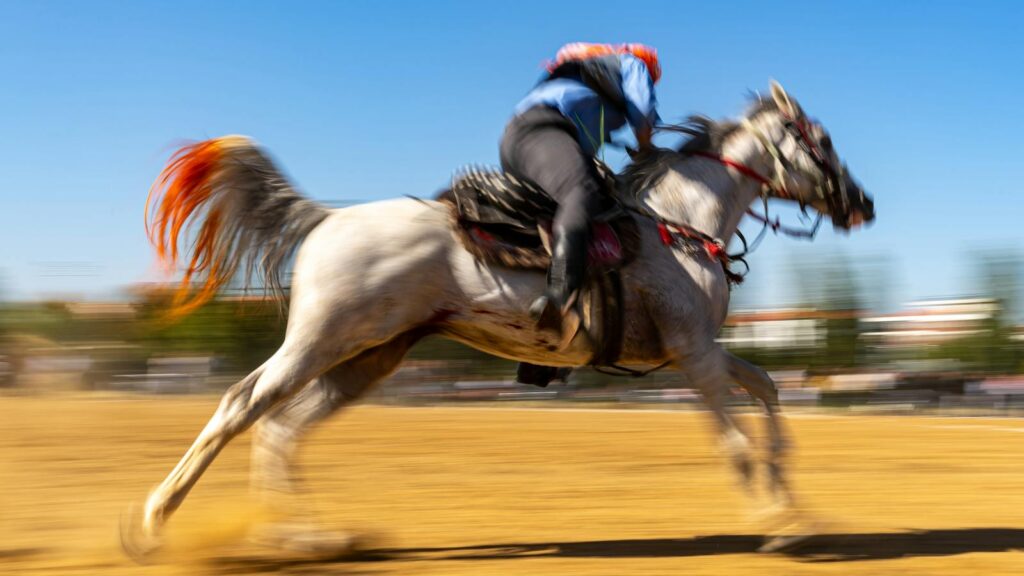
Few training techniques have generated as much controversy in recent decades as rollkur, the practice of hyperflexing the horse’s neck. Initially popularized by some successful competitive riders as a method for developing strength and submission, rollkur became the center of intense debate following research indicating potential harm to the horse’s spine, airways, and mental wellbeing. After significant public pressure, the FEI officially condemned “aggressive” hyperflexion while permitting a modified form called “low, deep, and round.” This distinction remains controversial, with welfare advocates arguing that even the modified position can be harmful if maintained for extended periods. The rollkur debate exemplifies how competitive success can sometimes normalize practices that later research identifies as problematic, highlighting the importance of continually reassessing training methods in light of new welfare evidence.
The Impact of Judging Standards on Training
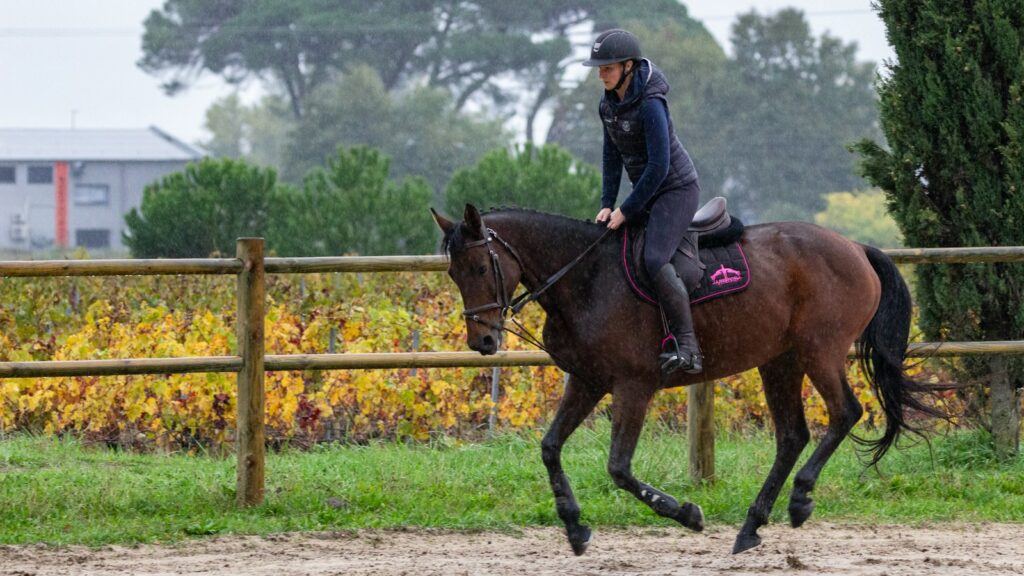
Judging criteria in equestrian events profoundly influence training methods, creating either incentives for or barriers against certain approaches. When judges reward spectacular movement without sufficiently penalizing tension, resistance, or incorrect biomechanics, they inadvertently encourage training shortcuts. Conversely, judges who prioritize harmony, relaxation, and correct progression can drive positive training practices throughout the competitive community. This influence extends beyond formal competition to encompass breeding selections, as horses that succeed under current judging standards tend to be more valued in breeding programs. The debate around judging standards thus becomes central to broader training ethics, with many reformers advocating for scoring systems that more heavily weight the horse’s mental state and sustainable physical development rather than merely spectacular movement or technical execution.
Scientific Research and Its Influence on Training Methods
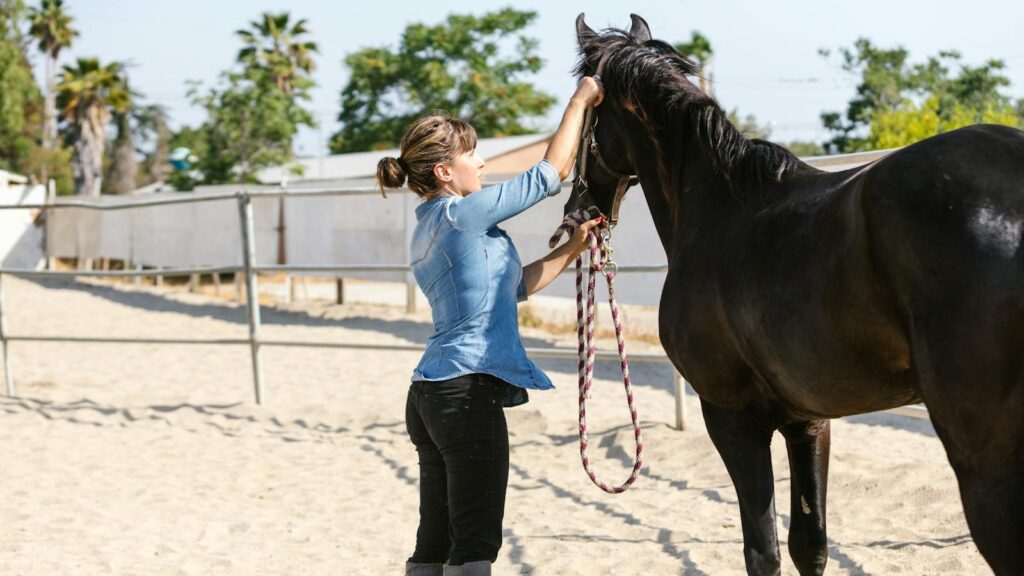
The integration of scientific research into equestrian training represents both an opportunity and a challenge for the sport. Studies in equine biomechanics have revealed optimal movement patterns that support long-term soundness, while research in learning theory has demonstrated the effectiveness of positive reinforcement techniques. Physiological research has improved understanding of exercise conditioning, recovery, and injury prevention. However, the translation of research into practical application faces barriers including tradition, accessibility of scientific literature to average riders, and the complexity of applying laboratory findings to diverse real-world training situations. The gap between research and practice remains significant in many equestrian communities, with some embracing evidence-based approaches while others rely primarily on traditional methods passed down through generations. This dichotomy fuels ongoing debate about the proper role of science in an art form as ancient as horsemanship.
Young Horse Training and Competition Concerns
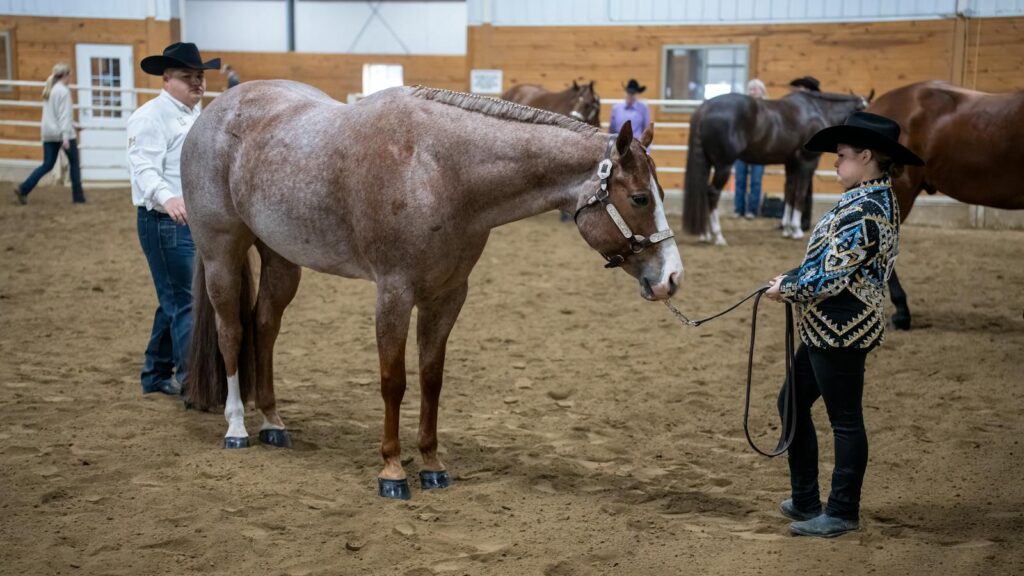
The training and competition of young horses represents a particularly contentious area in modern equestrian sports. Early specialization can potentially compromise physical development, with immature joints and soft tissues subjected to stresses they’re not yet equipped to handle. Mental development concerns also arise, as young horses may lack the emotional maturity to cope with competitive environments and intensive training regimens. Proponents of young horse competitions argue they identify promising talent early and provide valuable experience, while critics advocate for later competitive debuts and more generalized early training. This debate reflects broader questions about prioritizing long-term development versus early competitive success, with significant implications for horse welfare and career longevity. The controversy has prompted some governing bodies to reevaluate age restrictions and modify competition formats for younger equine athletes.
The Rise of Positive Reinforcement Methods
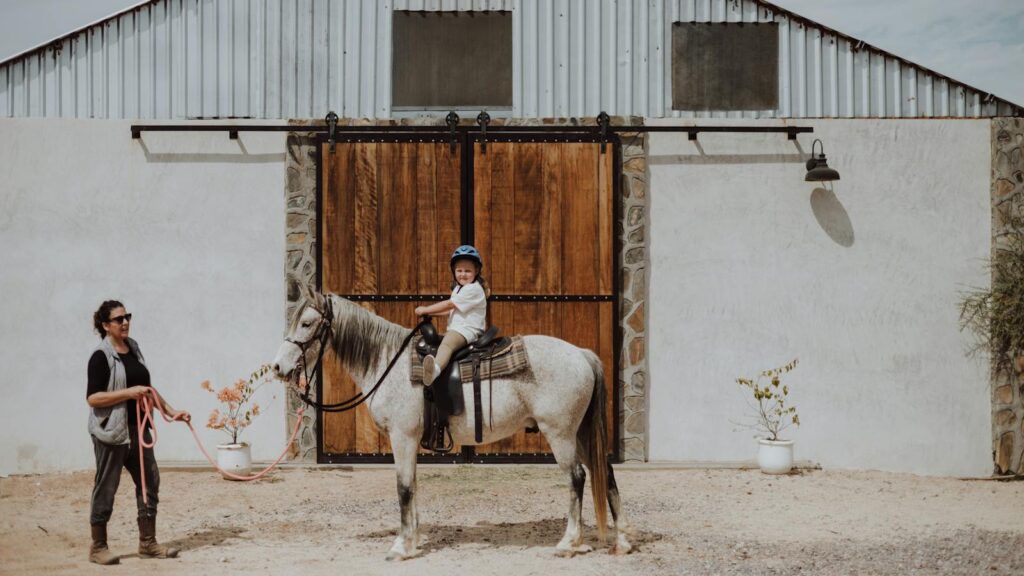
Traditional equestrian training has historically relied heavily on negative reinforcement (the removal of pressure when the desired response is given) and occasional positive punishment (the application of an aversive stimulus following an undesired behavior). However, recent decades have seen growing interest in positive reinforcement techniques, using rewards like food treats, scratches, or other pleasurable stimuli to mark and reinforce desired behaviors. Clicker training, target training, and other marker-based systems have demonstrated effectiveness in teaching complex movements while potentially improving the horse’s emotional association with training. Debates continue about whether such methods can produce the precision and reliability required at the highest competitive levels, with some trainers adopting hybrid approaches that combine classical techniques with positive reinforcement principles. This evolution represents a significant shift in how many equestrians conceptualize the training relationship, moving from dominance-based models toward partnership paradigms.
Ethical Concerns in High-Performance Equestrian Sports
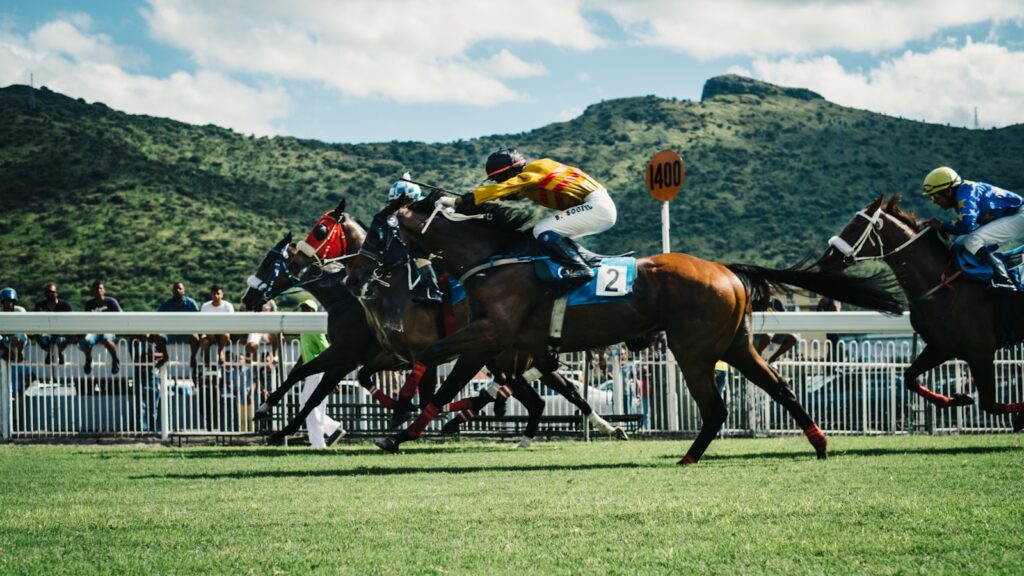
The pursuit of athletic excellence in equestrian sports raises profound ethical questions about consent and agency. Unlike human athletes who choose their sporting careers, horses cannot verbally consent to participation, creating an inherent ethical responsibility for humans to ensure their welfare. High-performance demands—whether jumping significant heights, performing collected movements in dressage, or galloping cross-country courses—place substantial physical and mental stress on equine athletes. The question of what constitutes a reasonable athletic request versus exploitation becomes central to ethical training debates. These concerns extend to retirement planning, with growing recognition that responsible horse sport requires consideration of the entire equine lifecycle, not just competitive years. The industry continues to wrestle with developing meaningful welfare standards that acknowledge the inherent risks of equestrian sport while preventing unnecessary suffering or exploitation.
Cultural Differences in Training Approaches
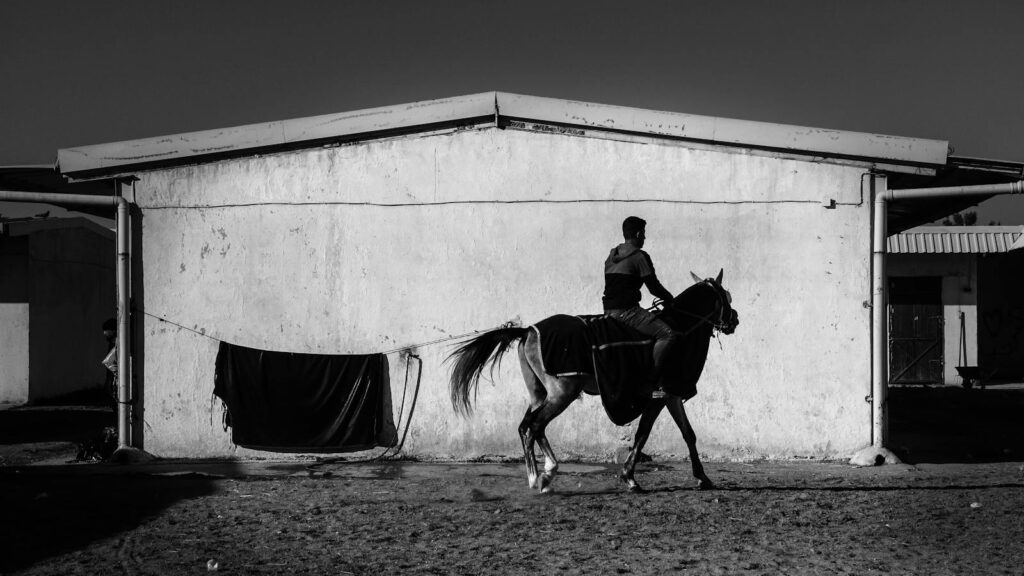
Equestrian training traditions vary significantly across cultural contexts, reflecting different historical relationships with horses and distinct sporting priorities. German classical training, with its systematic approach and emphasis on correct biomechanics, contrasts with French classical equitation’s focus on lightness and elevation. American pragmatism often emphasizes competitive effectiveness, while Spanish and Portuguese traditions preserve historical movements and aesthetic values. These cultural differences extend to ethical perspectives as well, with varying tolerances for training methods that might be considered controversial in other regions. International competition brings these disparate approaches into direct comparison, sometimes creating tension between national traditions and evolving global welfare standards. This cultural dimension adds complexity to training debates, requiring sensitivity to traditional knowledge while still advancing welfare standards based on current understanding of equine needs.
The Role of Social Media in Training Debates

The digital age has transformed how equestrian training practices are scrutinized, with social media platforms enabling unprecedented public documentation and discussion of methods once visible only to those physically present at barns or competitions. Video clips of training sessions can go viral, sometimes lacking context but nevertheless prompting intense debate about specific techniques or moments. Welfare concerns that might previously have remained within equestrian circles now reach wider audiences, increasing pressure on governing bodies and trainers to address public perception. This transparency has accelerated reform in some areas while also sometimes creating oversimplified narratives about complex training relationships. The social media landscape has become both a powerful tool for accountability and a challenging environment for nuanced discussion about the subtle complexities of equestrian training, with significant implications for how the sport evolves in response to public sentiment.
Future Directions in Equestrian Training Philosophy
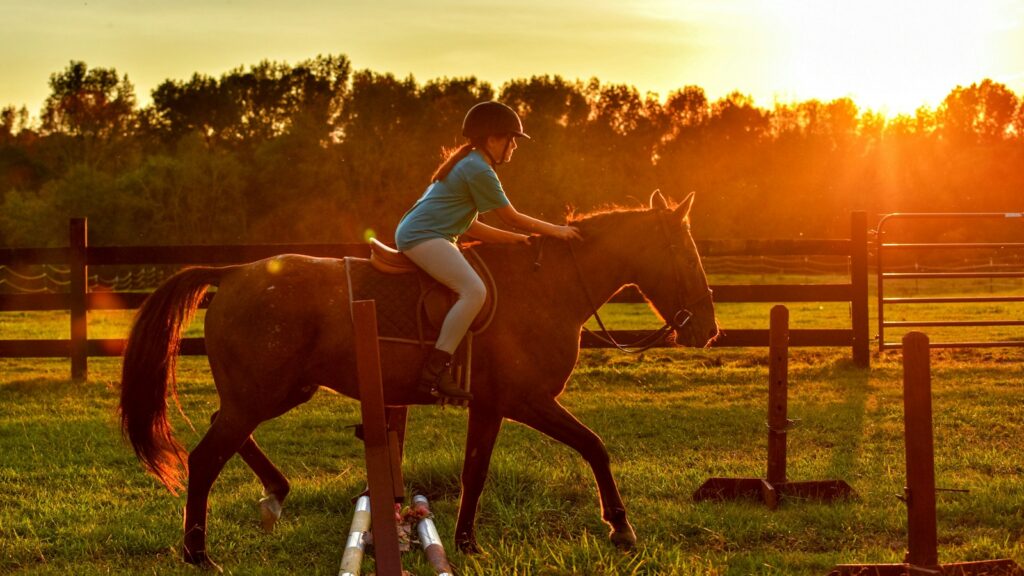
The future of equestrian training likely lies in thoughtful integration of traditional wisdom with evidence-based innovation. Emerging approaches increasingly emphasize individualized training plans that consider each horse’s unique physical and psychological makeup rather than applying one-size-fits-all methodologies. Technology is playing a growing role, with biomechanical sensors, pressure mapping, and even heart rate variability monitoring providing objective data to complement trainers’ subjective assessments. Educational pathways for trainers are expanding beyond apprenticeship models to include formal study of equine learning, biomechanics, and welfare science. Perhaps most significantly, the definition of success itself appears to be evolving, with greater emphasis on sustainable performance, career longevity, and post-competitive quality of life as measures of training effectiveness. These shifts suggest an equestrian world increasingly able to balance competitive achievement with ethical responsibility toward its equine partners.
conclusion
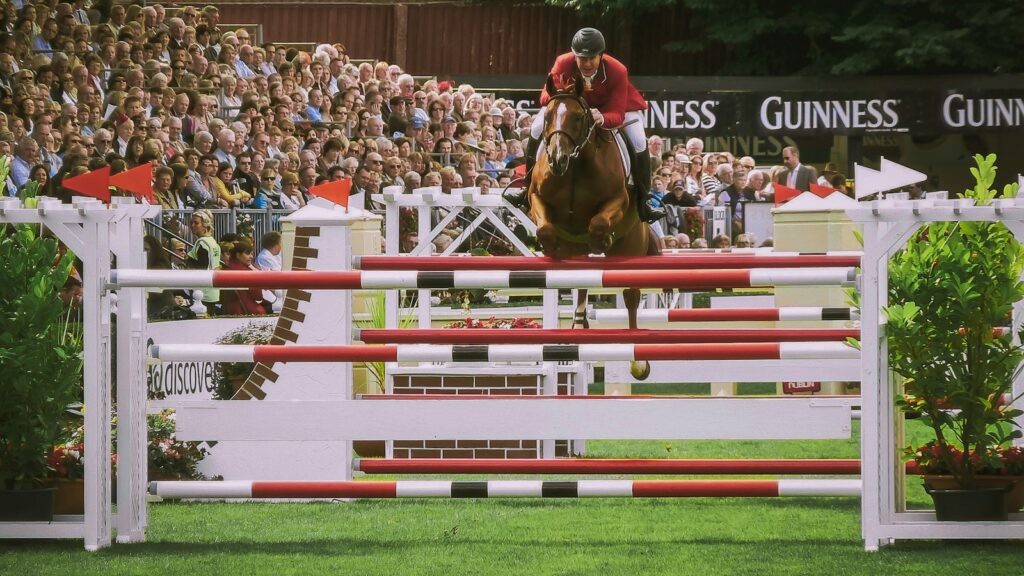
The debate around equestrian events in modern training reflects a sport in transition, navigating the complex intersection of tradition, competition, science, and ethics. While passionate disagreements persist about specific methods and approaches, a broader consensus is emerging around the fundamental importance of the horse’s physical and psychological wellbeing as the foundation of ethical equestrian sport. The most promising path forward appears to lie not in rigid adherence to any single training philosophy, but in open-minded evaluation of both traditional wisdom and innovative approaches, guided by continually improving understanding of equine needs and capabilities. As the equestrian community continues this important conversation, the horse’s experience—rather than just competitive outcomes—increasingly becomes the true measure of training success, promising a future where sporting excellence and equine welfare advance together rather than at each other’s expense.

